At the workshop “From Ho Chi Minh City to satellite provinces – New opportunities for real estate” organized by Cafeland on the morning of August 22, experts commented that the urban development process associated with new strategies after the merger will open up many opportunities for Ho Chi Minh City, in which the formation and breakthrough of satellite cities stand out.
Dr. Tran Dinh Thien, former Director of the Vietnam Economic Institute, emphasized that after nearly 40 years of renovation, Vietnam has realized its aspiration to rise up, achieving a growth rate that the world has recognized.
Mr. Thien cited that in the first 7 months of the year, the economy grew by 7.52% – an impressive rate in the context of many global fluctuations. However, behind the positive numbers, there are still “dark spots” that need to be explained.
Credit is being pumped out strongly, this year's target is to grow by 16%, equivalent to about 2.5 million billion VND. However, capital turnover only reached 0.6, less than half of the normal level. That shows that there is a large amount of money lying idle, capital that has not really been used effectively. In this context, Ho Chi Minh City real estate, with the advantage of scale after the merger, can become the "locomotive" to attract and activate capital flows.
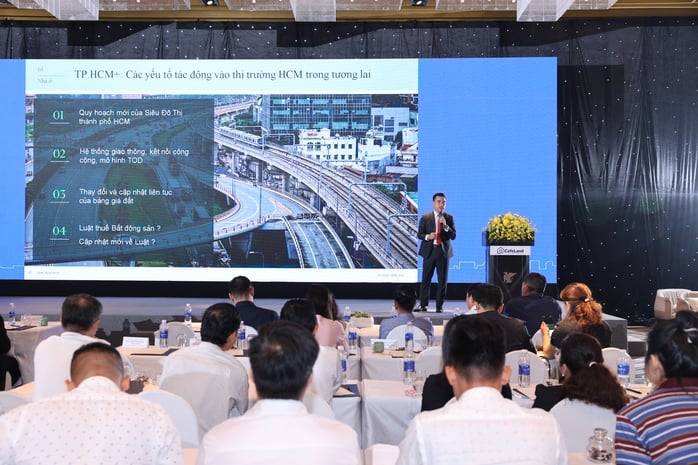
Mr. Vo Huynh Tuan Kiet, Director of Residential Marketing Department, CBRE Vietnam, presented at the workshop.
Experts say that real estate in Ho Chi Minh City will be more positive thanks to increasingly synchronized regional infrastructure. The formation of belt routes, traffic axes towards Long An (old), Can Gio district (old) or satellite cities will create space for the development of many large-scale projects.
Mr. Vo Huynh Tuan Kiet, Director of CBRE Vietnam's Residential Marketing Department, said that real estate prices have increased by more than 35% in just the past half year. Currently, the average apartment price in Ho Chi Minh City is about 3,300 USD/m2, high compared to the average income of 7,500 USD/year. The primary price is 80-85 million VND/m2, the secondary price is about 50-55 million VND/m2, while the new townhouses have reached 230 million VND/m2, and the old price is also up to 190 million VND/m2. Supply is scarce, there are almost no large projects, so the market has high expectations that there will be positive changes after the merger.
According to this expert, to develop the market sustainably, businesses need to carefully consider product segments. Although the high-end segment brings good profit margins, the quantity is limited; while the largest demand in the market is still concentrated in affordable housing, serving the real housing needs of the majority of people. At the same time, Ho Chi Minh City is aiming for a super urban model with TOD planning (urban development associated with public transport) to open up large urban areas along the belt, connecting with neighboring areas.
Ho Chi Minh City real estate attracts foreign investors
Dr. Su Ngoc Khuong, Senior Director of Savills Vietnam, believes that Ho Chi Minh City will continue to attract foreign investors in high-end segments such as Grade A offices and serviced apartments. In fact, despite market fluctuations, the occupancy rate of Grade A offices has always been maintained at around 90%, higher than the market average of 80%.
The limited land fund in the city center makes the value more expensive. Meanwhile, serviced apartments are a stable investment channel, with a profit rate of up to 7%, considered an "attractive point" for FDI capital, although developing quite quietly.
Source: https://nld.com.vn/gia-nha-lien-tho-moi-o-tp-hcm-da-len-den-230-trieu-dong-m-196250822155557304.htm



![[Photo] Prime Minister Pham Minh Chinh chairs the conference to review the 2024-2025 school year and deploy tasks for the 2025-2026 school year.](https://vstatic.vietnam.vn/vietnam/resource/IMAGE/2025/8/22/2ca5ed79ce6a46a1ac7706a42cefafae)


![[Photo] President Luong Cuong receives delegation of the Youth Committee of the Liberal Democratic Party of Japan](https://vstatic.vietnam.vn/vietnam/resource/IMAGE/2025/8/22/2632d7f5cf4f4a8e90ce5f5e1989194a)







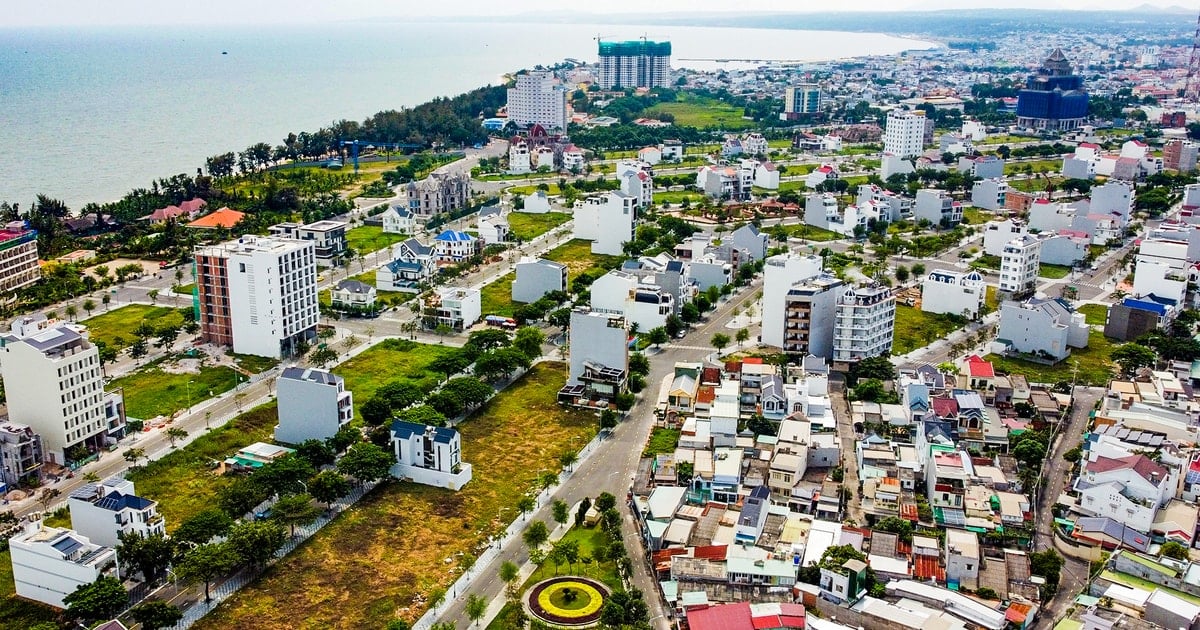






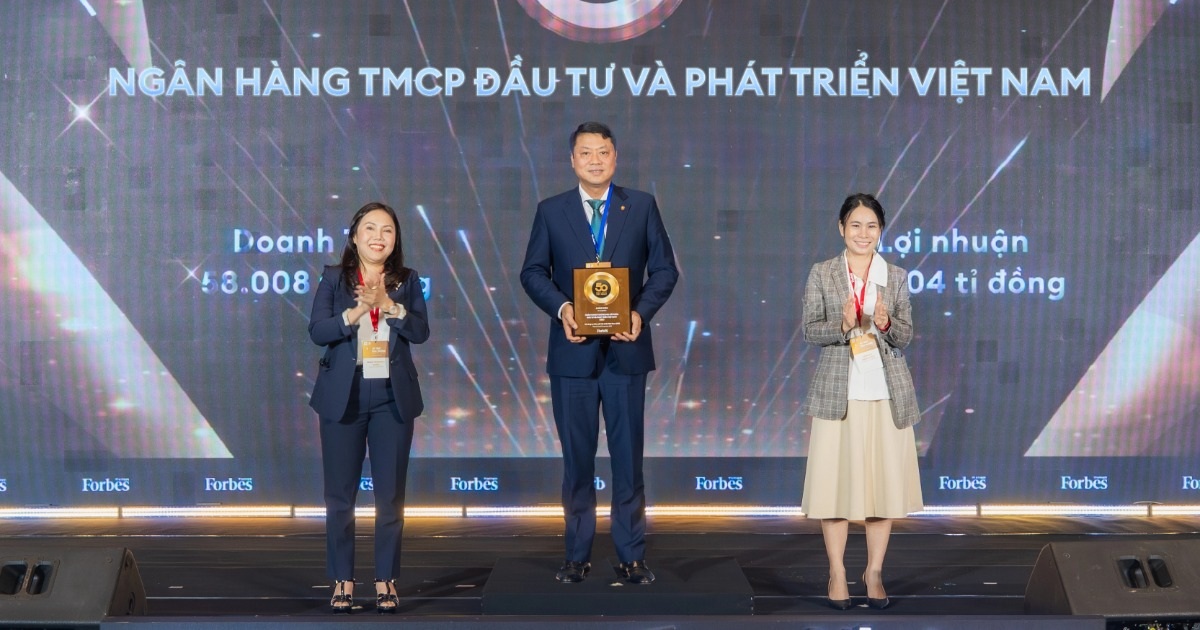
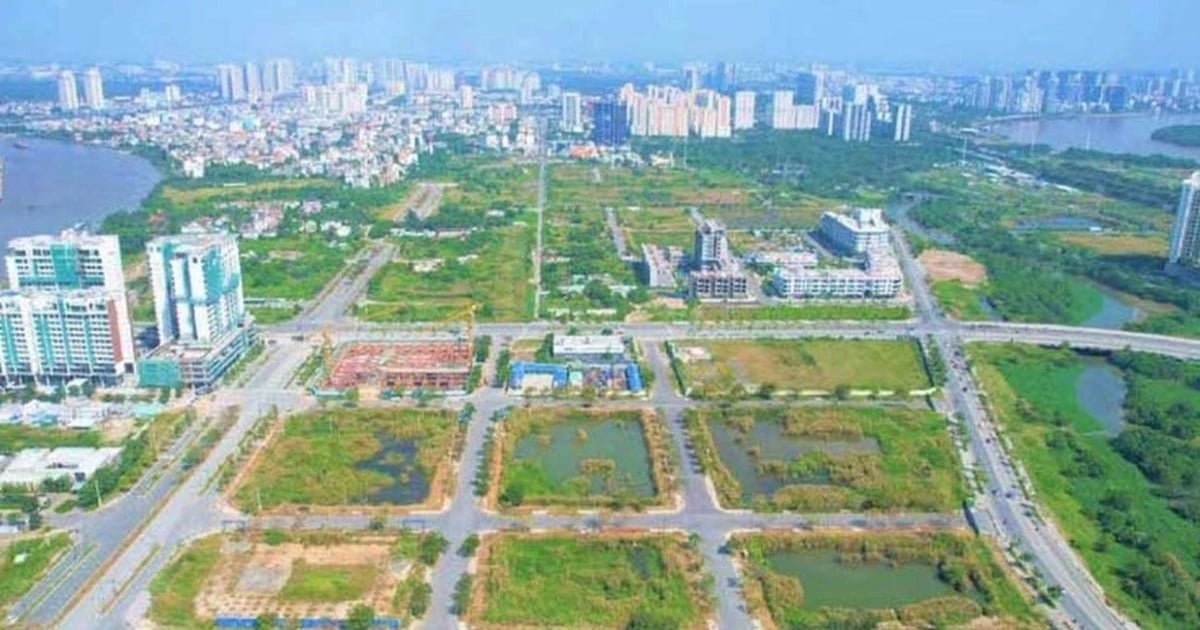
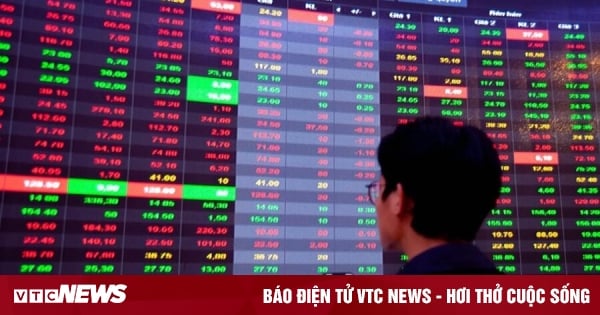

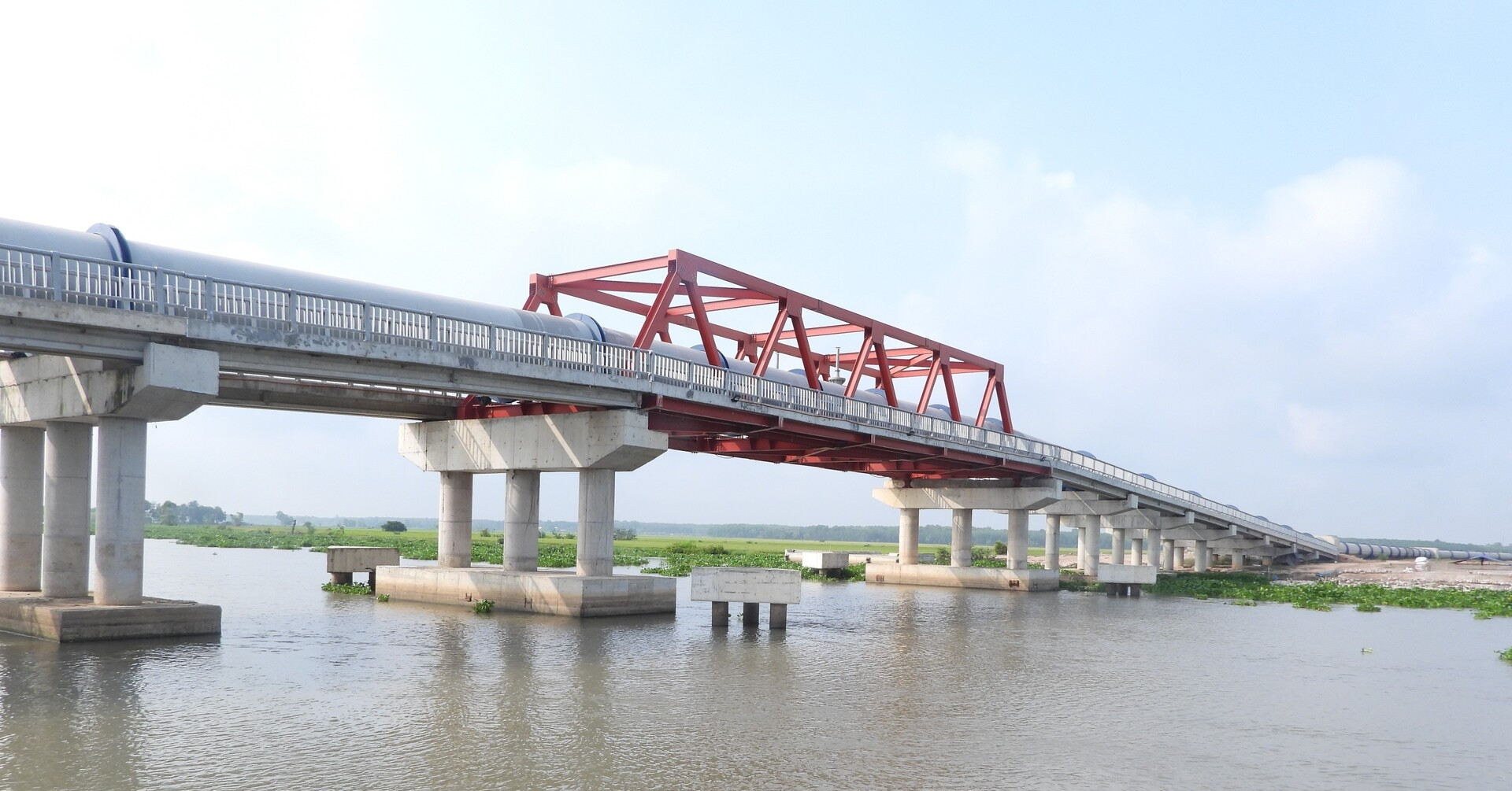






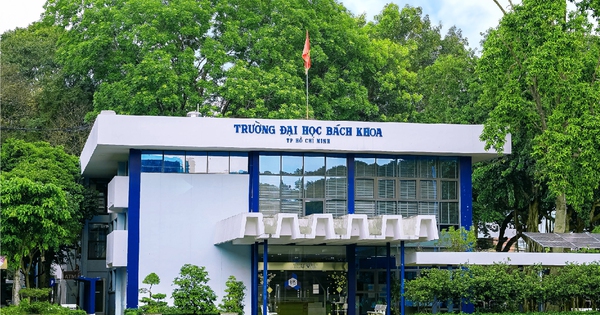



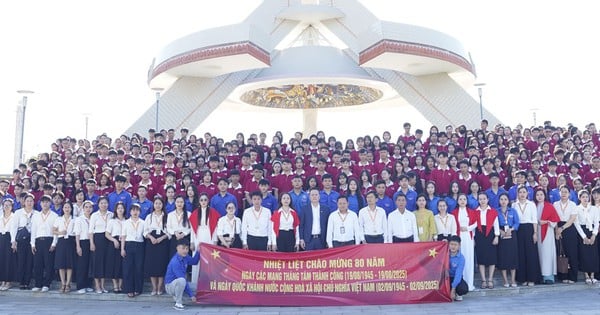
























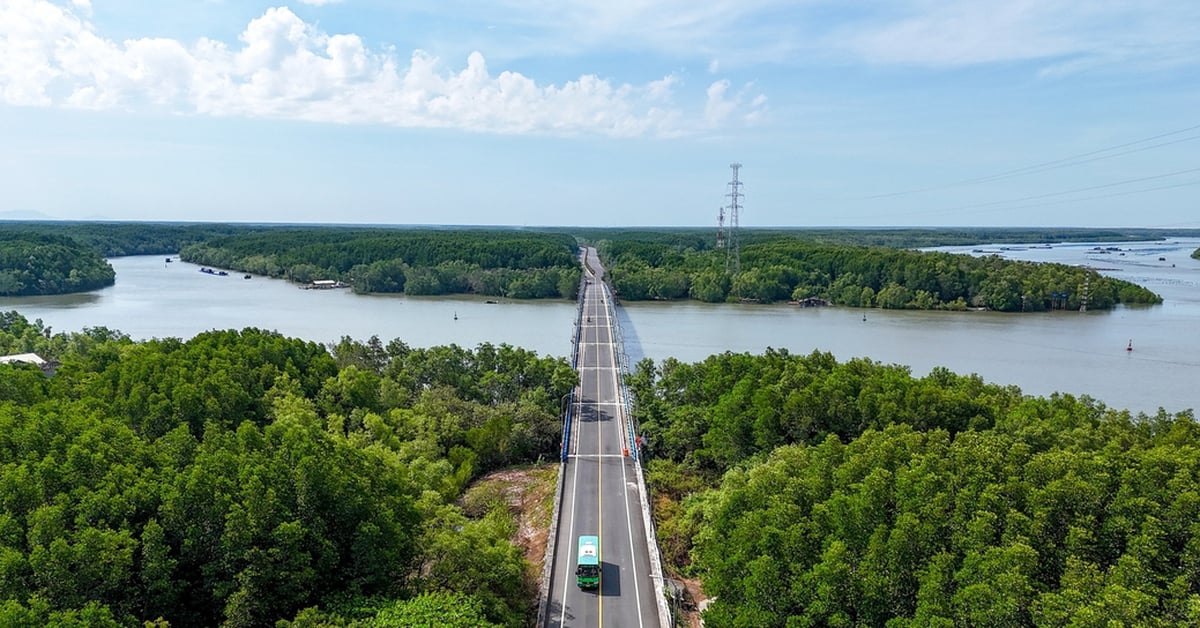


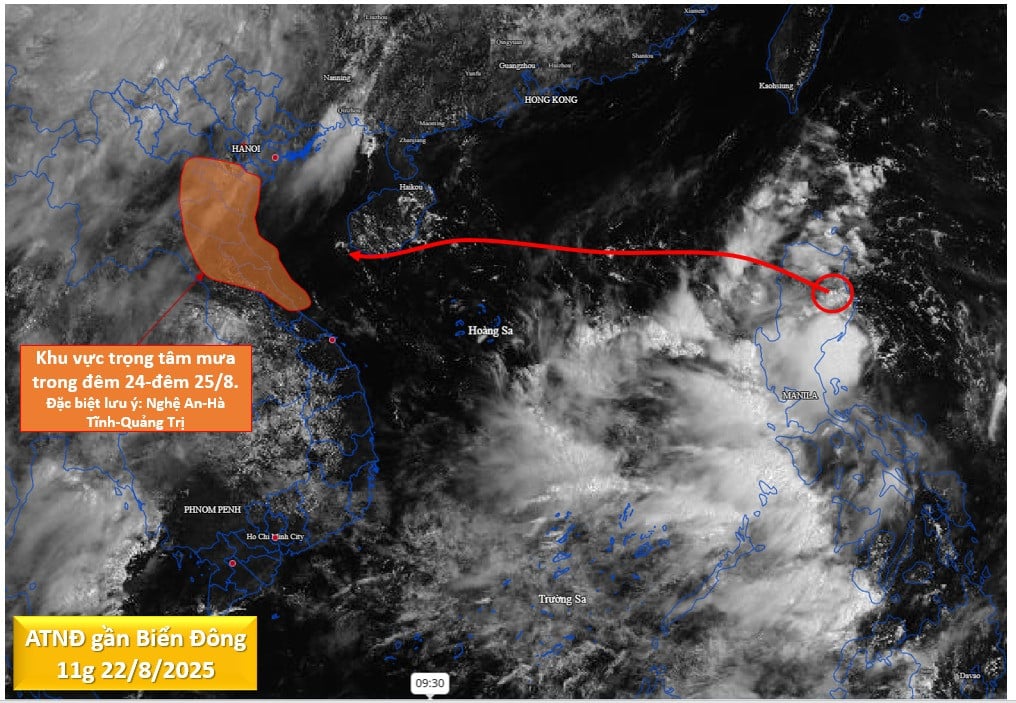




















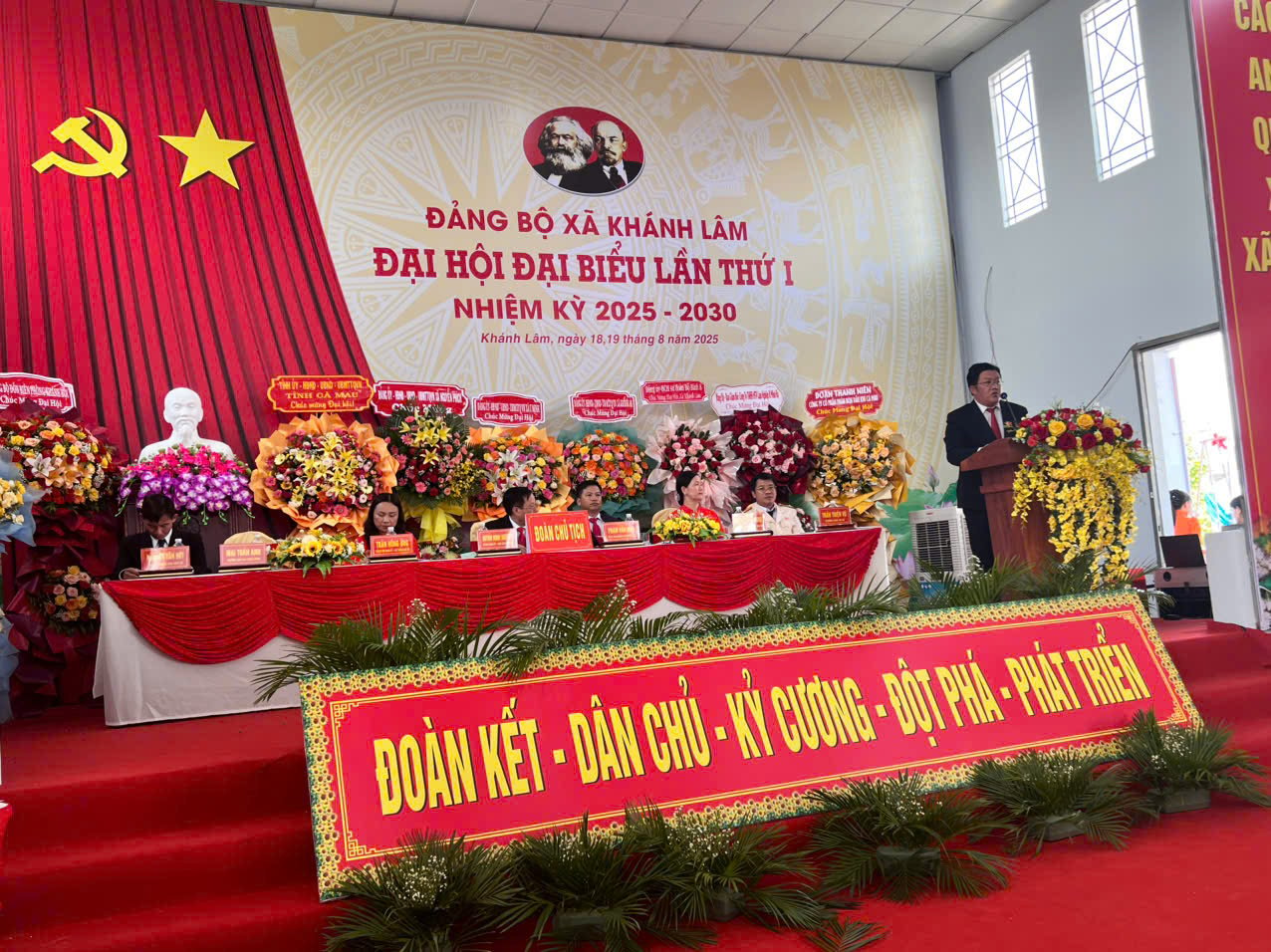



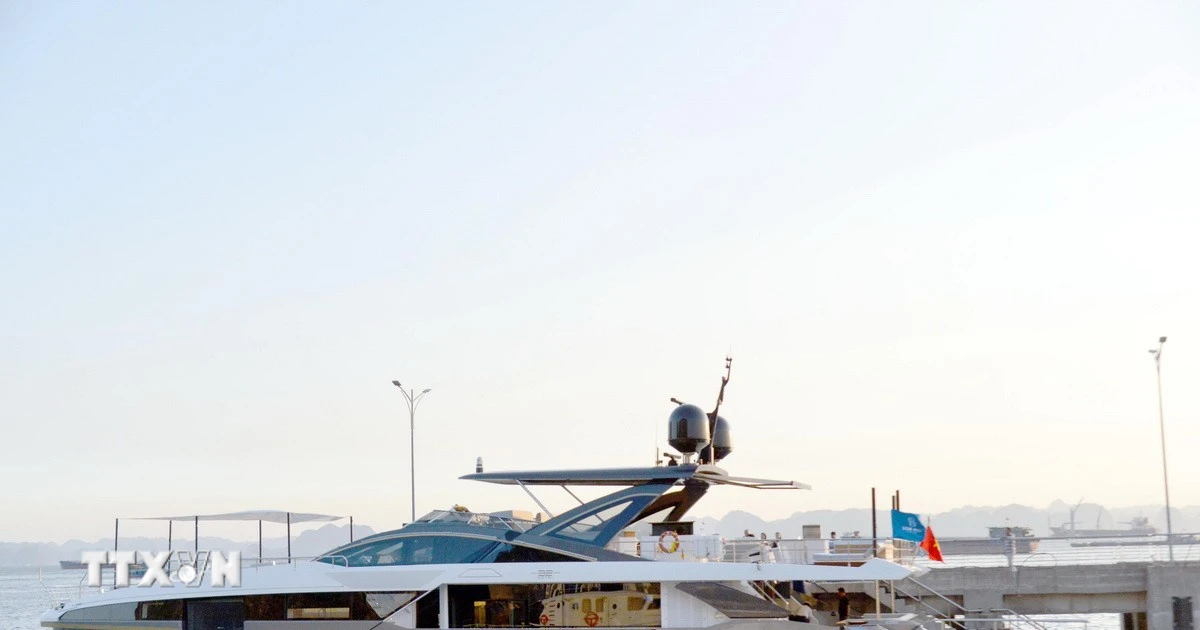












Comment (0)